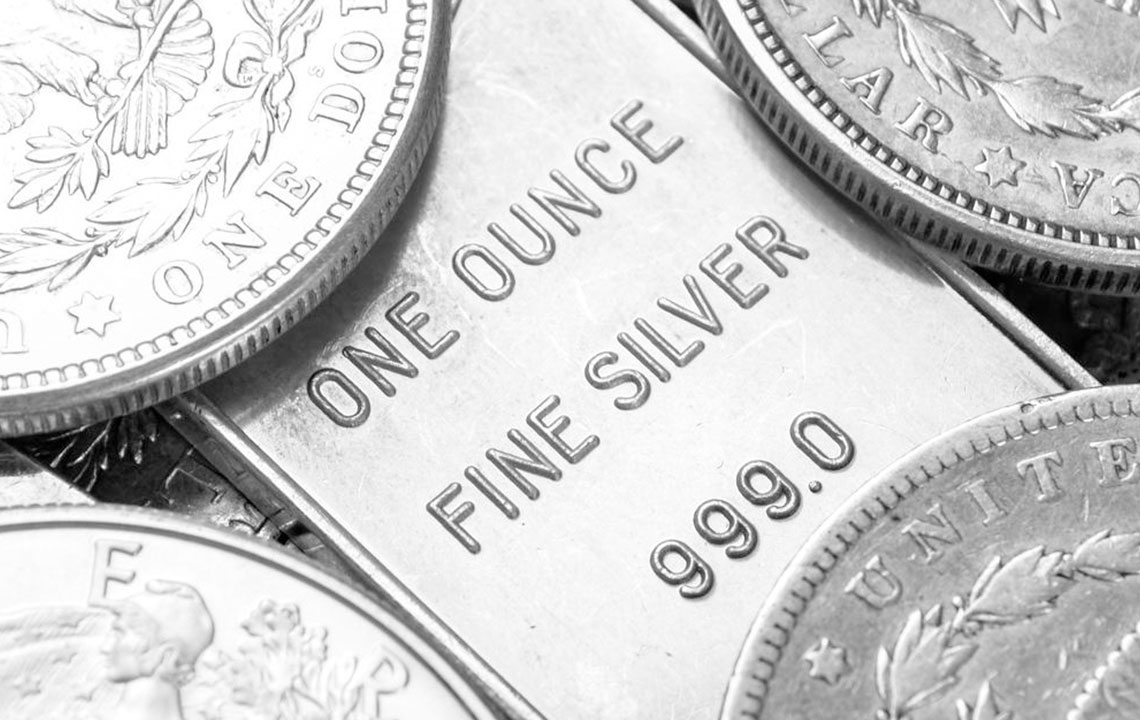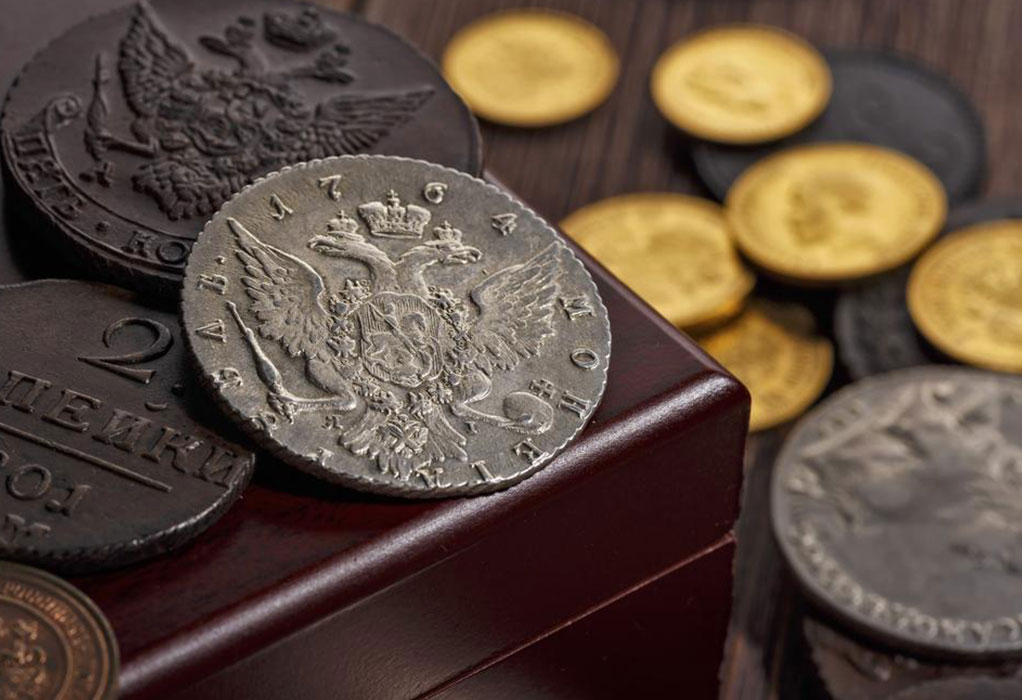Comprehensive Guide to Investing in Gold and Silver: Top 5 Effective Strategies
This comprehensive guide explores five key strategies for investing in gold and silver, including ETFs, physical bullion, ownership certificates, stocks, and derivatives. It offers detailed insights into each approach, helping investors diversify their portfolios and hedge against economic uncertainties. Whether you're a beginner or an experienced trader, mastering these methods can enhance your investment success in precious metals, ensuring wealth preservation and growth amidst volatile markets.

Comprehensive Guide to Investing in Gold and Silver: Top 5 Effective Strategies
Gold and silver have long been regarded as the cornerstone of precious metal investments, valued for their inherent stability, historical significance, and role as a hedge against economic downturns. As investors seek ways to diversify their portfolios and safeguard wealth amidst volatile markets, precious metals like gold and silver emerge as reliable options. These metals not only serve as a safeguard against inflation but are also trusted by central banks worldwide, including the United States, which holds substantial gold reserves to back its monetary system. For individuals new to investing in these metals, understanding the different methods of acquisition and the strategies involved is crucial to making informed decisions. This comprehensive guide explores the top five investment strategies for gold and silver, providing detailed insights into each approach.
Exchange-Traded Funds (ETFs): Easy Access to Precious Metal Markets
ETFs offer an accessible route for investors to gain exposure to gold and silver without the need to physically purchase and store bullion. These funds are traded on stock exchanges similarly to regular stocks, providing liquidity and convenience. Several ETFs specifically track the price of gold and silver, making them a popular choice for both beginners and seasoned investors. For example, iShares Gold Trust (IAU) and iShares Silver Trust (SLV) are among the most well-known options, offering a straightforward way to bet on price movements of these metals. Because ETFs are backed by physical assets stored securely in vaults, their value tends to mirror the market value of bullion, although fluctuations can occur due to supply and demand factors, investor sentiment, and macroeconomic trends. Investing in ETFs minimizes the need for physical storage and reduces risks associated with theft or loss, making them an attractive option for those seeking convenience and liquidity.
Physical Bullion: Bonds with Tangible Assets
For investors who prefer a tangible form of investment, purchasing physical gold and silver remains a popular method. Coins and bars are traditional investment vehicles, valued for their purity and historical significance. The U.S. Mint, along with reputable coin shops and bullion dealers worldwide, provides a wide array of options. Popular gold coins include American Eagles, Canadian Maple Leafs, and South African Krugerrands, each containing specific gold proportions aligned with their market value. Silver coins, while less common, are also available through various numismatic channels and bullion suppliers. Physical investment ensures that investors hold real assets, which can be stored securely at home, in bank vaults, or specialized storage facilities. However, physical bullion requires careful handling, insurance, and secure storage costs to protect against loss or theft. It’s essential to verify the authenticity and purity of the coins or bars before purchase to ensure that their value remains intact.
Certificates of Ownership: Paper Assets with Convenience
An alternative to holding physical bullion is purchasing certificates of ownership from trusted brokers or financial institutions. These certificates represent a claim to a specific amount of gold or silver stored in secure vaults. This method eliminates the need for physical storage and reduces concerns related to security. However, investors should be aware that certificates are paper assets with no intrinsic value outside their associated claims. Their value depends on the trustworthiness of the issuer, and during financial crises, liquidity can become an issue. Insurance coverage is often limited, and converting these certificates into physical metal or cash may involve additional fees. This strategy suits investors seeking liquidity and ease of transfer without the logistical challenges of managing physical metals.
Stock Market Investments in Precious Metals Companies
Investing directly in companies involved in gold and silver mining or trading provides another avenue for exposure to precious metals. Shares in mining corporations, refineries, or trading firms are bought and sold on major stock exchanges like NASDAQ or NYSE. The performance of these stocks is influenced not only by the metal prices but also by company-specific factors such as operational efficiency, regulatory environment, and management quality. For example, companies like Newmont Goldcorp or Barrick Gold Corporation are prominent players in the industry. Conducting thorough research and analysis is vital, as stock prices are more volatile compared to direct metal investments. Collaborating with financial advisors can help identify promising stocks, hedge risks, and build a diversified portfolio that mirrors the growth potential of the precious metals industry.
Derivatives Trading: Speculating on Price Fluctuations
For experienced investors with a higher risk tolerance, derivatives trading allows speculation on the future price movements of gold and silver. Instruments such as futures contracts, options, and swaps enable traders to profit from rising or falling prices without owning the physical metals. While derivatives can offer significant returns, they are complex financial products that require advanced knowledge, substantial capital, and disciplined risk management strategies. Traders engaging in derivatives should closely monitor market trends, geopolitical factors, and economic indicators that influence precious metal prices. Due to the high leverage involved, this method carries a substantial risk of losses but can also serve as a valuable hedging tool within a diversified investment portfolio.
In conclusion, investing in gold and silver encompasses a broad spectrum of strategies suited to different risk profiles, investment goals, and preferences. Whether you prefer the liquidity and ease of ETFs, the tangibility of physical bullion, the convenience of certificates, or the potential high returns from stocks and derivatives, understanding each approach and its associated risks is crucial. Diversifying across multiple investment methods can help mitigate risks and optimize returns. As with all investment decisions, conducting thorough research and consulting with financial professionals can enhance your chances of success in the valuable world of precious metals.





